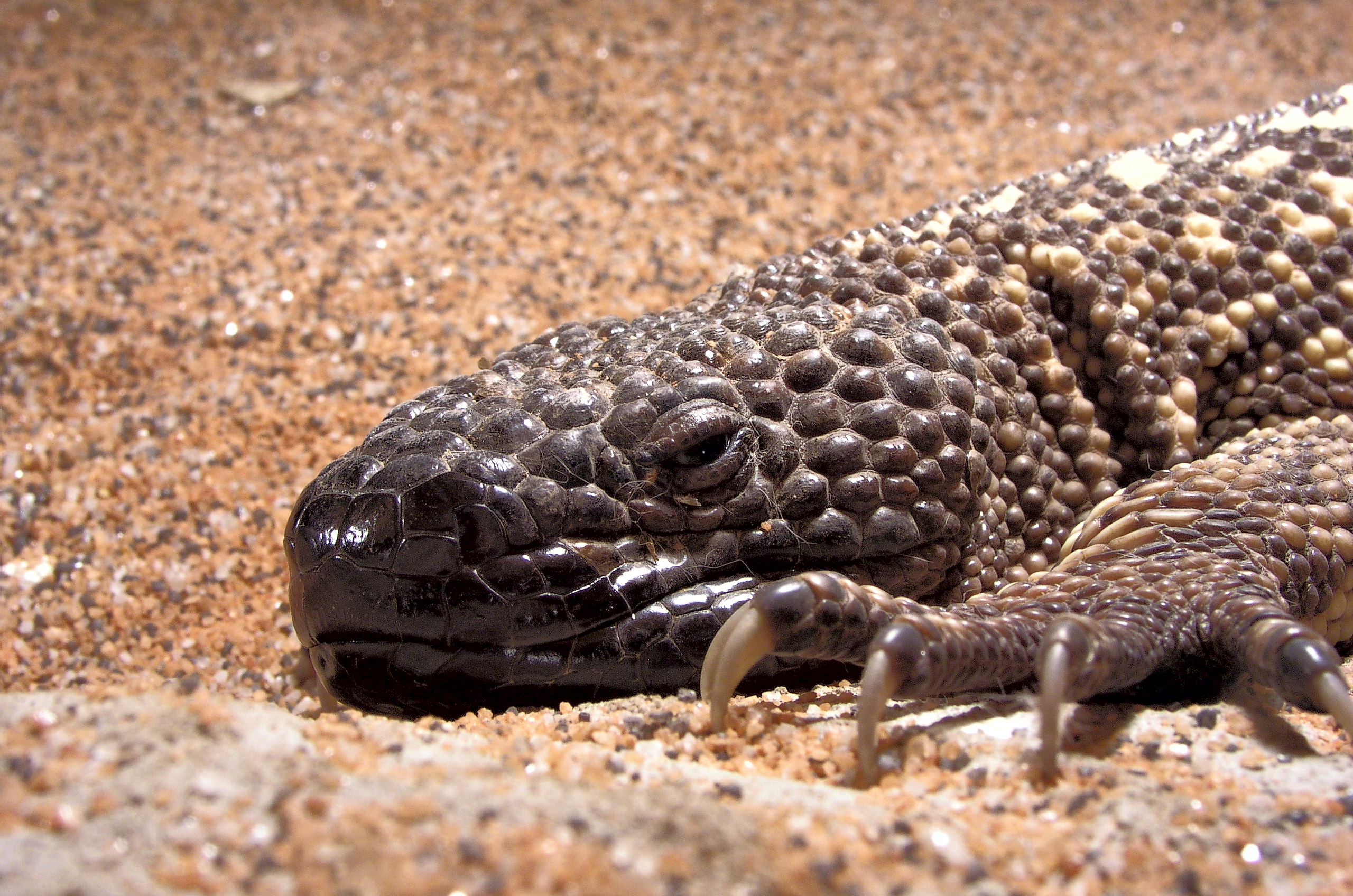In just sixty years, the cost of developing a new drug has increased by a factor of 50. Today, the lack of new therapeutic molecules has become a critical issue. “Biological” molecules, which account for almost 15% of all drugs, may provide part of the solution. Their main advantages compared to “small chemical” molecules are their high selectivity, and fewer side effects. Biological molecules include, for instance, insulin, clotting factors, and even a lizard toxin—a blockbuster against type 2 diabetes.
Complex chemical cocktails
Looking for poisonous animals in various fields
To collect a wide variety of venoms, VENOMICS biologists undertook several expeditions to French Guiana, Mayotte and French Polynesia. They added new specimens to their collection thanks to a private collector and a specialised supplier. They were able to collect samples of venom and venom glands from 203 species such as marine cones (56%), spiders (29%), scorpions (8%), centipedes, snakes, ants, and more.Nature is still the first provider of novel chemical entities for innovative drugs. Each venom of the 170,000 venomous species on Earth is an extremely complex chemical cocktail comprising several hundred mini-proteins. Venoms can therefore be seen as large natural libraries of biologically active molecules that are continuously selected and highly refined by the evolution process. Among these 40 million toxins, only 5,000 have been documented. Their biological activities are extremely varied—for example, certain cone shells swallow their prey after "anaesthetising" them with hypoglycaemic hormones, and, when they need to protect themselves against a predator, they use a venom with a different composition. Over millions of years of evolution, nature has developed extremely resistant and powerful mini-proteins. Exploring the function of venoms has led to the identification of toxins that can have an effect on the nerve-muscle interface, on blood clotting, on the nervous system, and on various physiological functions under the control of G-Protein Coupled Receptors1. Many toxins which are non-toxic at low doses could be developed as therapeutic candidates. VENOMICS aims at replicating in vitro the diversity of venoms to generate original peptide banks to be used in drug discovery programs.
1 G protein–coupled receptors constitute a large protein family of receptors whose roles are to detect molecules outside the cell and activate internal signal transduction pathways and, ultimately, cellular responses. Coupling with G proteins, they are also called seven-transmembrane receptors because they pass through the cell membrane seven times.

A golden orb spider, one of the species whose venom has been studied by VENOMICS. © CCO Public Domain
Applying “omics” to venoms
Spanish company Sistemas Genomico sequenced the transcriptome of the venom glands, i.e. the RNA molecules expressed by the cell for the synthesis of the toxins. Meanwhile, the toxins contained in the venoms (proteome) were analysed at the University of Liège, in Belgium. These operations involved next-generation mass spectrometers and sequencers. These two sources of data were jointly processed at CEA using innovative biocomputing tools to build the biggest toxin library, with as many as 25,000 sequences.
As 90 % of venomous animals are too small to be studied by traditional methods, VENOMICS developed specific technologies suited to the analysis of biological material that is only available in very small quantities. Additionally, to protect the biodiversity, sample collections were limited to only one sample per species. With the same concern, in the case of the monitor lizard, a large lizard that can weigh up to 70 kg, they proceeded by veterinary surgery, without sequelae to the animal.

A monitor lizard, a species whose venom has been studied by VENOMICS. © PiccoloNamek
Highly fruitful screening
Although transcriptomics and proteomics make it possible to identify the sequences of toxins in venoms, they do not provide information on their biological activity. To test these proteins comprising 10 to 100 amino acids, the scientists had to reproduce them. This work was carried out on almost 4,000 of them, based on two complementary strategies. The peptides containing less than 35 amino acids were synthesised chemically at CEA, and the larger ones were expressed by bacteria through biotechnological methods implemented by Marseille University and the Portuguese company NZYTech.
The result was the realization of a unique bank of 3,616 natural toxins—a world first. The last thing to do was to demonstrate that it offered many advantages for the search for new therapeutic candidates. Screening, performed by CEA and the Danish company ZealandPharma, was carried out on therapeutic targets for which there is a particularly high demand for new drugs. Two hundred and eighty candidates were identified among the 10,400 screening tests carried out. This success rate of 2.6% in identifying promising molecules is very high compared to that generally obtained through the conventional screening of artificial molecules (0.02%).
According to the coordinator of VENOMICS and CEA researcher Nicolas Gilles: “VENOMICS provided the first proof of the feasibility of a new concept for exploring and using all venomous animals, while preserving their biodiversity. We were also able to demonstrate that screening molecules created by nature over millions of years is much more efficient than screening man' creation of artificial molecules.”
VENOMICS has allowed the scientists to “de-complexify” the use of venoms as a source of new drugs. Several prominent pharmaceutical companies, such as Sanofi, have already expressed interest in accessing this bank. VENOMICS is also an invaluable source of knowledge for fundamental research.
About VENOMICS
With €6 million in EU funding from 2011 to 2015, for a total budget of €9.5 million under FP7, the VENOMICS European project, coordinated by CEA and involving seven partners from five countries, has successfully achieved its goals. VENOMICS has opened a new avenue in the exploration and use of venom, by developing unique technologies that have none of the limitations associated with the availability of natural products. The study has generated libraries that now feed into the drug pipeline.